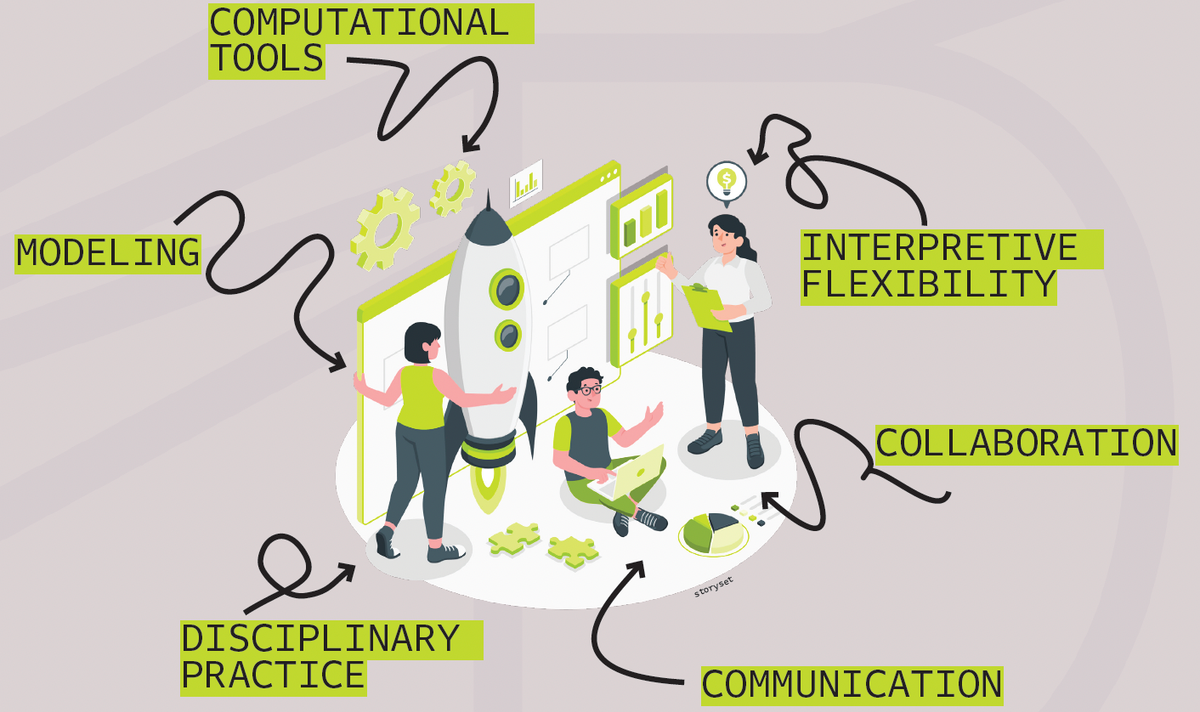Shaping future designers
Where technical engineering classes fall short
Introduction
Sandra (Sandy) Huffman looks at how undergraduate engineering students work through written problems. She deploys theoretical frameworks of situativity and agency to conduct qualitative work, analyzing student processes and identifying practices that work against students’ long-term success. She creates recommendations for technical task design—the design of problem statements—that are accessible to professors and help facilitate students’ development as designers.

Classroom Learning
Students and professors are stuck in the world of classroom learning, building rigid, context specific strategies that rarely transfer to real world applications outside the classroom.
WHY DO THEY RESIST CHANGE?
Professors:
- Time
- Organizational context
- Misconceptions
- Identity
- Lack of training
- Culture
Students
- Grade incentive
- Classroom culture
- Identity
- Hierarchy
- Right/wrong feedback
- Misconceptions
Design Practice
Engineers use technical calculations, along with many other tools and strategies, to help them make design decisions. This complex, messy process requires flexibility and collaboration.

Features
- Interdisciplinary work across mechanical engineering, engineering education, philosophy, and chemical engineering.
- Collection of video recordings and student artifacts for think-aloud interviews and classroom problem-solving sessions.
- Collaboration with professors for authentic problems and data collection.
- Emergent coding process that iterates on findings to discover themes and common practices.